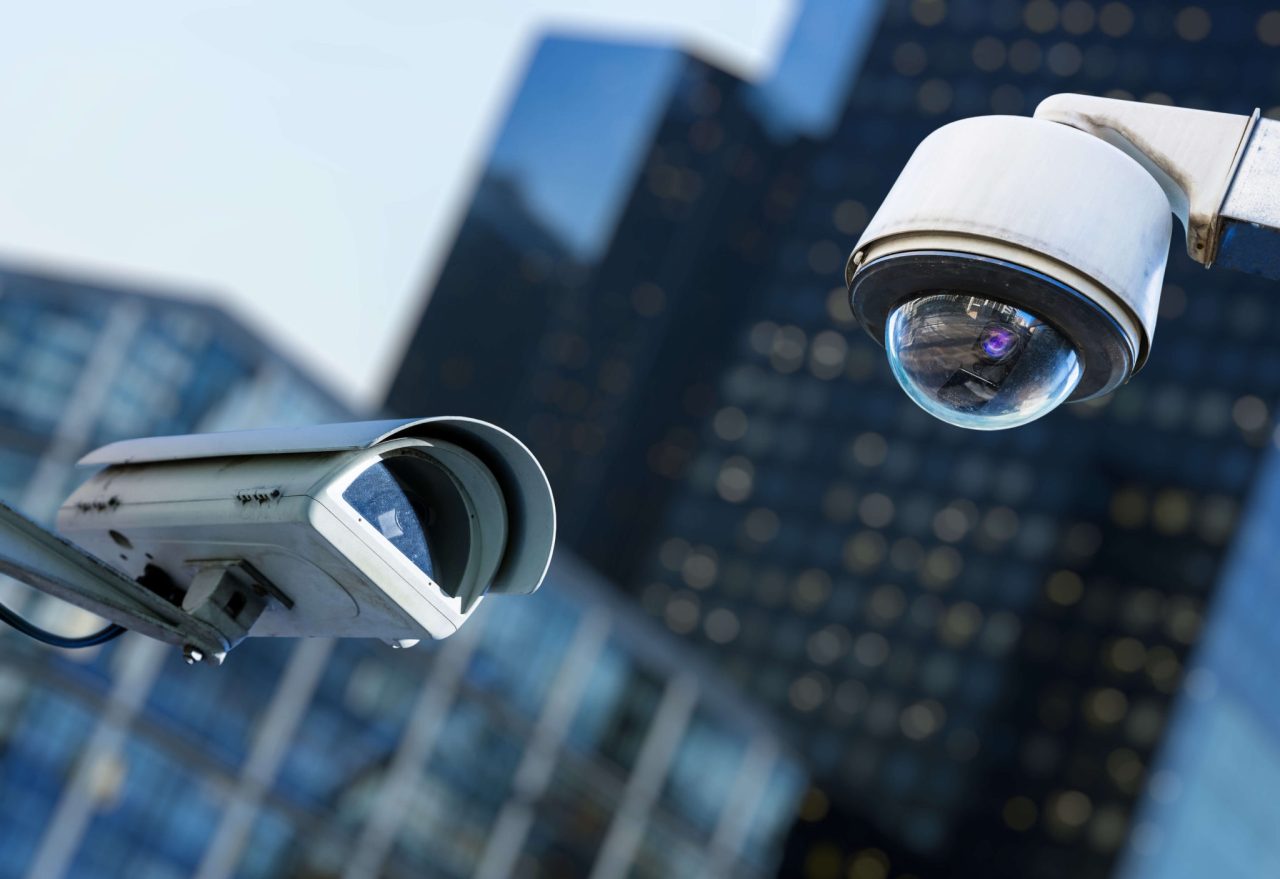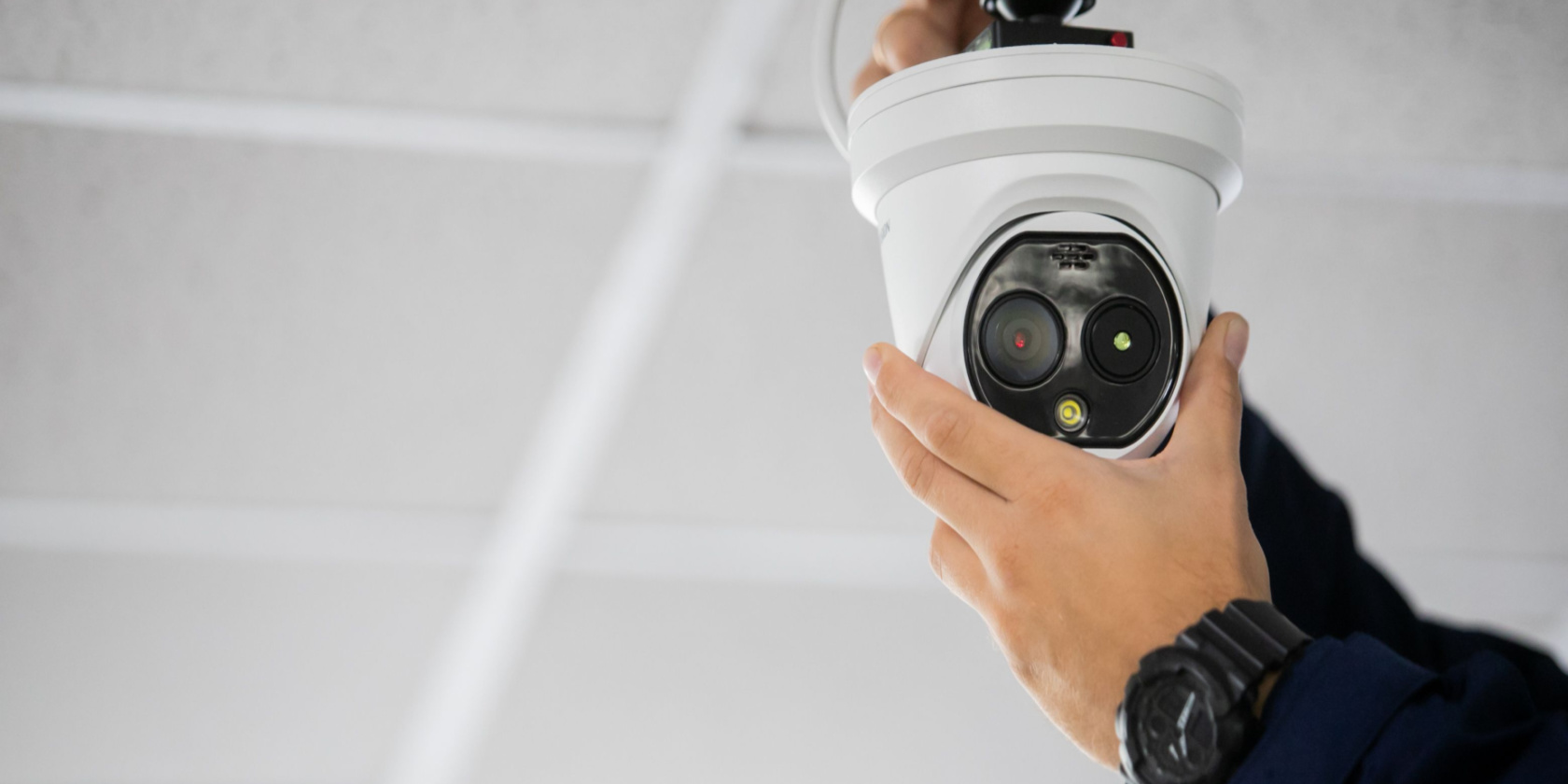
In an era where security concerns loom large, the adoption of Closed-Circuit Television (CCTV) systems has become increasingly prevalent. From bustling urban centers to quiet suburban neighborhoods, these watchful electronic eyes have become a ubiquitous feature of modern life. But just how effective are CCTV systems in deterring criminal activity? Do they truly serve as a formidable barrier against unlawful behavior, or are they merely a technological placebo, offering a false sense of security? Let’s delve into the nuances of CCTV efficacy and explore their impact on crime prevention.
Understanding CCTV Systems
CCTV systems consist of interconnected cameras, monitors, and recording devices designed to monitor specific areas in real-time or record footage for later review. These systems can be deployed in a variety of settings, including public spaces, commercial establishments, residential properties, and transportation hubs. The primary objective of CCTV is twofold: to deter criminal activity through the threat of surveillance and to provide valuable evidence for investigations in the event of a crime.

The Psychological Deterrent
One of the most significant arguments in favor of CCTV systems is their psychological deterrent effect on potential offenders. The presence of cameras in a given area can create a sense of being watched, dissuading individuals from engaging in illicit behavior for fear of being caught on tape. Numerous studies have supported this notion, indicating that the perceived risk of detection increases in environments equipped with visible surveillance cameras.
Crime Reduction and Prevention
Beyond the psychological deterrent, empirical evidence suggests that CCTV systems can indeed contribute to a reduction in crime rates. Research conducted in various urban centers around the world has demonstrated a correlation between the implementation of CCTV and declines in certain types of criminal activity, such as vandalism, theft, and assault. The visibility of cameras coupled with the knowledge that footage can be used for investigative purposes serves as a powerful disincentive for would-be offenders.
Enhancing Public Safety
In addition to their role in deterring crime, CCTV systems play a vital role in enhancing public safety and security. By monitoring public spaces, transit networks, and critical infrastructure, these systems enable authorities to detect and respond to emergencies more effectively. In scenarios ranging from traffic accidents to acts of terrorism, the timely capture of video footage can aid law enforcement agencies in their efforts to identify suspects, reconstruct events, and apprehend perpetrators.
Challenges and Limitations
Despite their effectiveness in certain contexts, CCTV systems are not without their limitations. Critics argue that reliance on surveillance technology can lead to a false sense of security, diverting resources away from more proactive crime prevention strategies. Moreover, concerns have been raised regarding the potential for privacy infringements and the misuse of surveillance data. Additionally, the effectiveness of CCTV in preventing certain types of crime, such as white-collar offenses or crimes of passion, may be more limited.
Maximizing Effectiveness
To maximize the effectiveness of CCTV systems in barring crime, it is essential to approach their implementation and management strategically. This includes conducting thorough risk assessments to identify high-priority areas for surveillance, ensuring proper installation and maintenance of equipment to minimize blind spots and technical failures, and establishing clear policies and procedures for the use of surveillance data to safeguard individual privacy rights.
Integration with Emerging Technologies
Advancements in technology, such as artificial intelligence and facial recognition algorithms, hold the promise of enhancing the capabilities of CCTV systems even further. By automating the analysis of video footage and enabling real-time identification of suspicious behavior or individuals, these technologies have the potential to revolutionize the field of video surveillance. However, their deployment must be accompanied by robust safeguards to address concerns related to accuracy, bias, and ethical implications.

Conclusion
In conclusion, CCTV systems can be a valuable tool in the fight against crime, serving as both a deterrent and a means of gathering evidence for investigations. While they are not a panacea for all security challenges and must be deployed thoughtfully to mitigate potential drawbacks, their efficacy in reducing certain types of criminal activity and enhancing public safety is well-documented. By leveraging advancements in technology and adhering to best practices in surveillance management CCTV systems can continue to play a vital role in creating safer and more secure communities.
For more insights into the latest advancements in security technology and solutions, visit Logical Network Solutions
